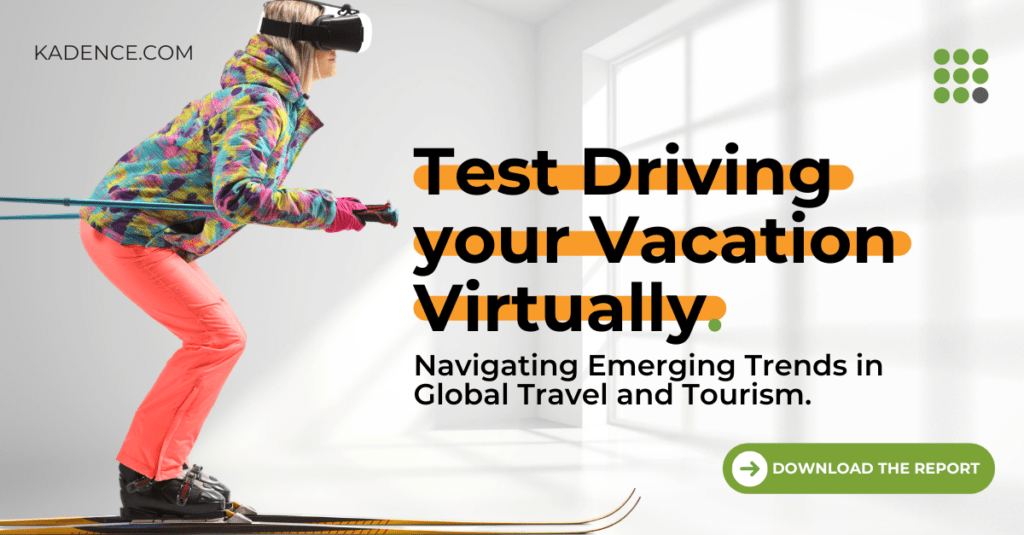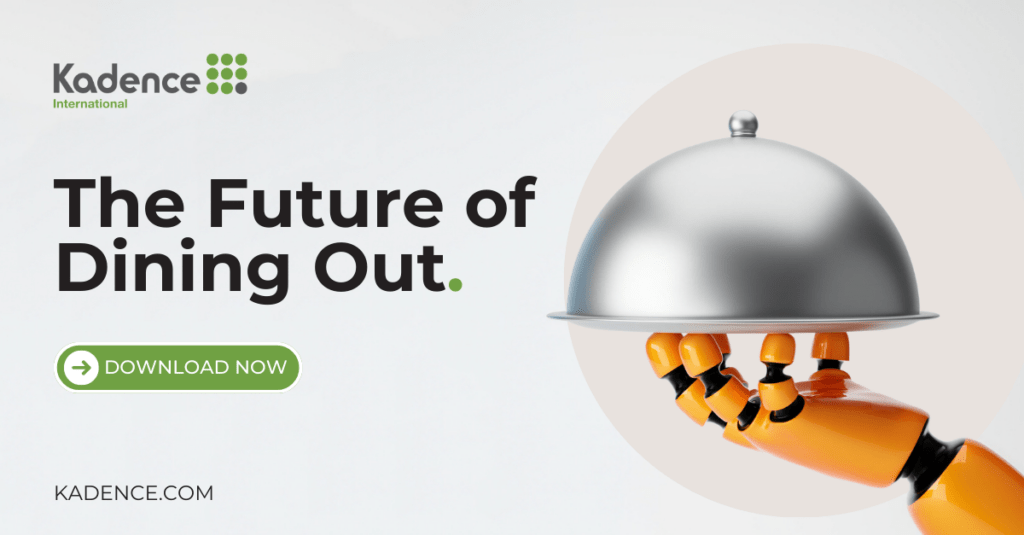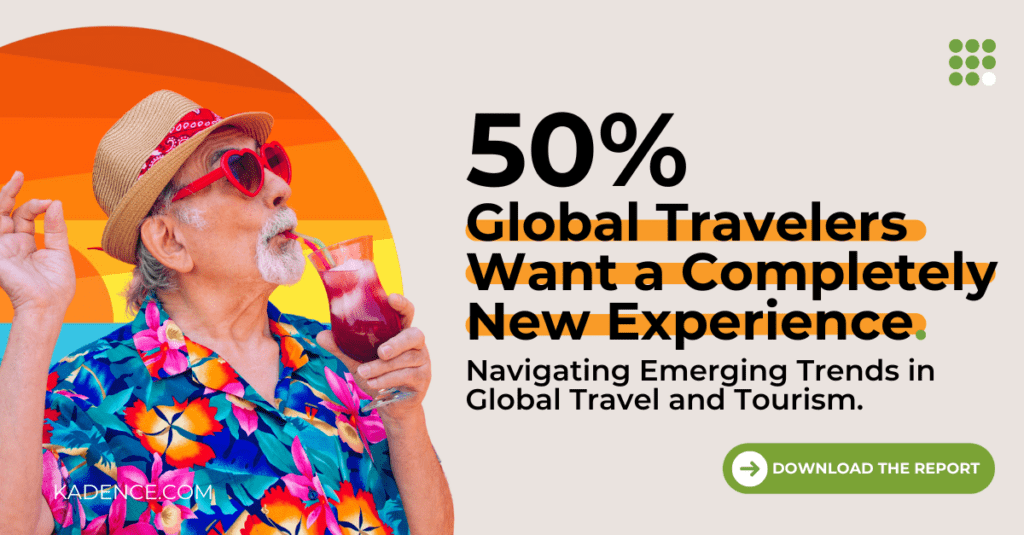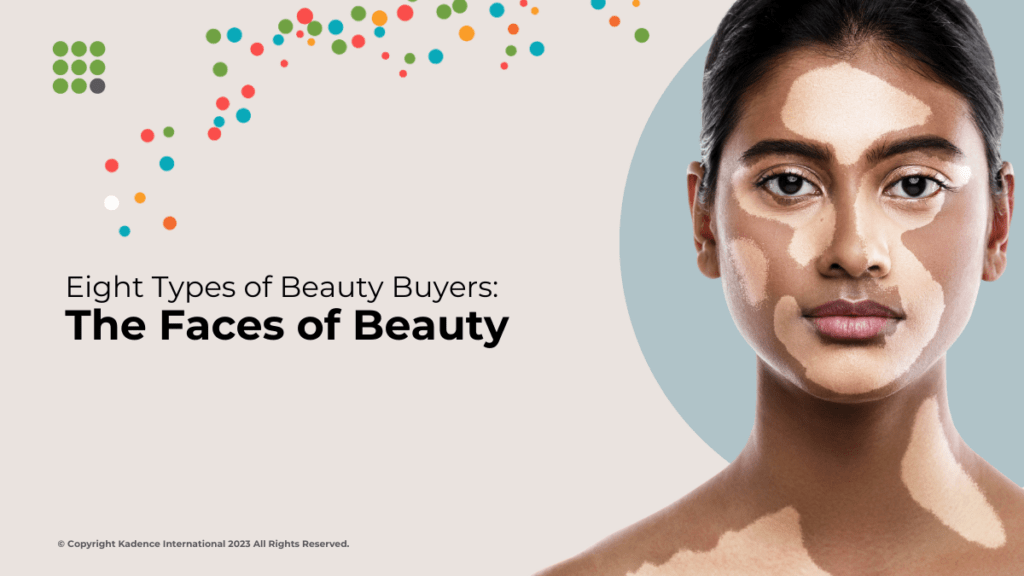The initial moments of a focus group are crucial in setting the tone for the rest of the discussion. The primary objective at this market research stage is to create a safe and inviting environment that encourages participants to share their opinions and insights comfortably.
To accomplish this, a skilled moderator must welcome participants, provide an overview of the discussion’s purpose, establish ground rules, and initiate an engaging first question. This helps the group feel at ease and promotes open and honest communication.
Jim Lehrer, a well-known American journalist, once said, “There is only one interview technique that matters. Do your homework so you can listen to the answers, react to them, and ask follow-ups. Do your homework, prepare.”
This is especially important in market research, where the goal is to provide clients with the knowledge necessary to make informed business decisions.
So, the groundwork must begin well before the focus group session starts.
Focus group moderators engage with their clients early on to deeply understand their target markets, underlying assumptions, and what they hope to discover.
This initial dialogue is critical for challenging preconceived notions during the study and providing clear, actionable insights afterwards.
They also conduct secondary research, analysing clients’ materials, such as past studies, marketing strategies, and research briefs, to build a comprehensive background.
They use online research to enhance their understanding of the market or industry, focusing on current trends, consumer behaviour, and potential obstacles or opportunities.
Although this preparatory phase requires time and effort, its value cannot be overstated. It lays the foundation for a focus group that meets and exceeds expectations, ensuring that every feedback collected is a step towards more strategic business decisions.
Effectively preparing focus group moderators for a research endeavour requires a deep dive into the objectives and structure of the project, akin to briefing a detective on the intricacies of a case. They must be trained to listen with intent, beyond mere hearing, and to delve further into discussions without swaying the direction of conversation.
Moderators orchestrate diverse opinions, ensuring every participant’s input is acknowledged while steering the group towards productive outcomes. It is crucial to equip them with strategies to engage with varying personalities, from the reserved to the outspoken. Their goal is to adeptly mine for insights, uncovering the rich data essential for meeting the study’s goals. A thoroughly prepared moderator is your gateway to discovering impactful information.
The Five Essential Roles of a Market Research Focus Group Moderator
| Role | Description | Key Tasks |
| The Architect | The moderator begins with extensive preparation, setting the groundwork for the focus group by designing discussion guides, selecting presentation materials, and planning for potential discussion directions. This ensures the session’s goals are fully met. | – Crafting tailored discussion guides- Selecting and preparing presentation materials- Anticipating potential discussion points and participant queries |
| The Tour Guide | As the session starts, the moderator leads participants through the discussion, clearly outlining what to expect, setting ground rules, and ensuring every topic is thoroughly covered. | – Providing a clear session overview- Establishing and enforcing ground rules- Guiding the discussion for comprehensive topic exploration |
| The Ring Master | – Managing group dynamics and participant behaviour- Ensuring equitable participation- Keeping the discussion on-topic and productive | – Managing group dynamics and participant behavior- Ensuring equitable participation- Keeping the discussion on-topic and productive |
| The Party Host | In this role, the moderator creates a welcoming environment that promotes open dialogue, encouraging participants to share in-depth insights, especially on sensitive topics. | – Building rapport with and among participants- Encouraging lively and constructive dialogue- Balancing listening and guiding to maintain engagement |
| The Scribe | After the session, the moderator documents key observations and insights, capturing nuances that enhance the depth and richness of the analysis. | – Capturing immediate post-session observations- Collaborating for comprehensive data interpretation- Producing detailed reports with insights and recommendations |
Essential responsibilities of a Focus Group Moderator
When handled with skill and sensitivity, these responsibilities can transform a group of strangers into a wellspring of invaluable insights. With their toolkit of techniques and a deep understanding of human dynamics, the moderator is the vital link in this complex process, guiding the discussion to meet and exceed the research objectives.
In market research, where understanding the ‘why’ behind the ‘what’ is golden, the role of the focus group moderator cannot be overstated.
Preparing and Planning the Focus Group Session
- Research Objective Alignment: Pinpointing the research objectives is crucial, just like setting the destination before a journey. What insights are we seeking? How will these inform our marketing strategies?
- Participant Selection: Crafting the guest list with an eye for diversity and relevance. It’s about finding the right mix of individuals whose perspectives will enrich the conversation.
- Toolkit Assembly: Develop a moderator guide not as a script but as a compass to navigate the discussion. It includes key questions, probes, and activities designed to unearth deep insights.
Creating a Welcoming and Inclusive Environment
- First impressions matter: From the moment participants walk in, every detail—from the arrangement of the room to the warmth of the greeting—sets the tone for open dialogue.
- Safety first: Establishing a space where participants feel secure to share, emphasising confidentiality, and respecting diverse viewpoints.
- Comfort is key: Physical comfort through the arrangement of the room and providing refreshments can significantly impact the willingness to engage.
Guiding the Discussion to Meet Research Objectives
- The art of facilitation: Skillfully steering the conversation to explore the pre-set objectives without making the discussion feel forced or constrained.
- Flexibility in action: Being prepared to deviate from the plan when the flow of conversation opens new avenues of insight, then gently reining it back to ensure all objectives are covered.
- Capturing the gold: Active listening and probing for deeper understanding, ensuring the insights gathered are as rich and detailed as possible.
Ensuring Participation from All Group Members
- Equal voices: Actively encouraging quieter participants to share, ensuring all perspectives are heard. It’s about creating balance so that no single voice dominates.
- Spotlight rotation: Using techniques like direct questions or round-robin responses to ensure everyone has the opportunity to contribute.
- Recognition and validation: Acknowledging contributions makes participants feel valued and encourages further sharing.
Managing Group Dynamics and Handling Conflicts
- Navigating the waters: Recognising and addressing dominant personalities or potential conflicts before they overshadow the group’s collaborative spirit.
- Conflict as an opportunity: Viewing disagreements not as roadblocks but as opportunities to delve deeper into differing viewpoints, enriching the discussion.
- Grace under fire: Maintaining neutrality and employing conflict resolution strategies to keep the discussion productive and on track.
The essence of a memorable focus group lies not just in its organisation or the questions asked but in the innate qualities of the moderator who orchestrates it. Like an orchestra conductor, a moderator’s personal attributes can elevate the performance from good to unforgettable. Let’s explore these quintessential qualities:
Impartiality and Objectivity
- The balancing act: Just as a judge in a courtroom, a moderator must navigate discussions without letting personal biases. This means setting aside personal opinions to allow the group’s collective insights to shine.
- Fair play: Ensuring every topic and participant is approached with an equal measure of enthusiasm and attention, making no room for favouritism or prejudice.
Strong Communication Skills
- Clarity in speech: Articulate questions and comments easily, avoiding jargon that might confuse or alienate participants.
- Non-verbal cues: Using body language effectively to encourage participation and show engagement, such as maintaining eye contact and nodding to signal interest.
- The power of pause: Knowing when silence can invite participants to delve deeper into their thoughts and share more freely.
Active Listening Skills
- Beyond hearing: Active listening involves fully concentrating on what is being said rather than passively ‘hearing’ the message. It’s about understanding the underlying emotions and meanings behind words.
- Feedback loop: Reflecting and paraphrasing what participants say to validate their contributions and clarify understanding, reinforcing the value of their input.
Empathy and the ability to build rapport
- Emotional resonance: An empathetic moderator can sense the room’s emotional undercurrents, understanding participants’ feelings and perspectives even when left unsaid.
- Trust building: Establishing rapport with participants from the outset creates camaraderie and safety, encouraging open and honest sharing.
Adaptability and Problem-Solving Skills
- Pivoting with purpose: A moderator’s ability to adapt on the fly is crucial to adjusting the discussion flow in response to the group’s dynamics or addressing unexpected technical issues.
- Creative solutions: Employing inventive strategies to keep the conversation productive and engaging, even when facing challenges like dominant participants or diverging topics.
Guiding the Discussion to Meet Research Objectives.
The focus group incorporates diverse perspectives into a cohesive narrative to inform and enlighten brands. The moderator, whose adept navigation through the conversation ensures the journey reaches its destination and uncovers insights along the way. Let’s delve into the crucial aspects of guiding discussions to meet research objectives:
The Art of Facilitation
- Strategic steering: Like a maestro leading an orchestra, the moderator conducts the discussion precisely, ensuring each question and activity aligns with the overarching research objectives. It’s about guiding without dictating, allowing the conversation to flow naturally while ensuring key topics are explored.
- Creating connections: Drawing links between various points raised by participants, the moderator enhances the depth of discussion. This involves highlighting similarities or differences in opinions, which can lead to richer insights.
- Crafting questions: Designing open-ended yet focused questions, prompting participants to think deeply and share experiences relevant to the research goals.
Flexibility in Action
- Embracing serendipity: When the conversation veers off course, revealing unexpected insights, a skilled moderator sees the opportunity rather than a challenge. They allow the group to explore this new terrain, gathering unforeseen gems of knowledge.
- Tactical recalibration: Knowing when and how to steer the conversation back to the initial objectives gently is key. This might involve introducing a new question that links the spontaneous discussion to the main research goals.
- Maintaining balance: It’s about finding the sweet spot between following the discussion guide and being open to the natural flow of conversation. This ensures the group feels free to share openly and candidly while objectives are met.
Capturing the Gold
- Active Listening: More than just hearing words, active listening involves fully engaging with the content and emotion. It’s about understanding the meaning behind the words, observing non-verbal cues, and sensing the unsaid.
- Probing for Depth: Probing techniques such as asking for examples, clarifications, or elaborations help uncover the layers beneath initial responses. This is where the richest insights often lie.
- Synthesising Insights: As the discussion unfolds, the moderator synthesises the information in real time, identifying patterns, themes, and outliers. This ongoing analysis aids in capturing the essence of the discussion and ensures no insight is left unexplored.
The Impact of the Moderator on Focus Group Outcomes and Shaping the Quality of Insights
The moderator plays a pivotal role in focus group research by building and guiding the discussion’s framework. The moderator’s influence extends far beyond mere conversation facilitation, impacting the very essence of the data collected.
This means the moderator’s biases, techniques, interpretation skills, and ethical compass will shape the outcome of focus group sessions.
Here’s how moderator biases and techniques can influence data quality:
- Bias under the microscope: Every moderator carries inherent biases—be they cultural, personal, or experiential. Recognising and mitigating these biases is crucial, as they can subtly steer the conversation, potentially leading to skewed data that amplifies or muffles certain voices or perspectives.
- Technique as a tool: The techniques a moderator uses—question phrasing, how they encourage participation, manage dominant voices, and deal with silence—can significantly impact the depth and breadth of the discussion. Techniques that foster an inclusive and open environment can unearth richer, more nuanced insights, while a more directive approach might constrain the conversation, limiting the diversity of viewpoints captured.
- The feedback loop: A moderator’s reactions and feedback, whether verbal encouragement or non-verbal cues, can reinforce certain types of responses while discouraging others, influencing the direction and nature of the discussion.
The Role of the Moderator in Interpreting Non-Verbal Cues and Group Dynamics
- Beyond words: A significant portion of communication is non-verbal. A skilled moderator reads the room, interpreting body language, facial expressions, and even silences, which can provide context to spoken words or reveal unspoken tensions and agreements.
- Dynamics detective: Group dynamics—how participants interact with each other, who influences whom, and the emergence of leaders and followers—offer a wealth of insight. The moderator’s ability to observe and understand these dynamics can uncover deeper layers of meaning, illuminating the social constructs and power dynamics at play.
- Emotional intelligence: Interpreting non-verbal cues requires a high degree of emotional intelligence. A moderator must be attuned to the emotional undercurrents of the discussion, using this awareness to navigate sensitively and adapt their approach as needed.
Ethical Considerations for Moderators
- Confidentiality and consent: At the heart of ethical moderation is the protection of participants’ privacy and the assurance that their data will be used responsibly. Moderators must ensure consent is informed and confidentiality is maintained, creating a safe space for participants to share openly.
- Respect and sensitivity: Ethical moderation involves respecting diverse viewpoints and backgrounds, approaching sensitive topics carefully, and ensuring the discussion does not harm participants emotionally or psychologically.
- Transparency and integrity: Moderators should be transparent about the purpose of the research and how the data will be used, avoiding deception or manipulation. Upholding the integrity of the research process ensures the findings are trustworthy and actionable.
The Centrality of the Focus Group Moderator in Unveiling Insights
The role of a focus group moderator is crucial to the success of qualitative research. Moderators are more than just facilitators; they are the key players in managing group dynamics. Being a focus group moderator is about ongoing learning and adapting. Their indispensable role and significant impact on market research underline their continuous pursuit of excellence and dedication to revealing the truth in discussions.
As market research evolves, moderators must constantly improve and adapt. Their journey involves continually learning, refining skills, and staying open to new methods and technologies. This adaptability not only leads to personal growth but also advances the field.
Looking ahead, the importance of moderators in focus groups cannot be overstated. They play a central role in qualitative research, turning quantitative data into meaningful stories that inform decisions and spark innovation. They are the ones who bring out the authentic voices that help us understand the world better.
















 Senior Marketing Executive
Senior Marketing Executive Sales & Marketing
Sales & Marketing General Manager PR -Internal Communications & Government Affairs
General Manager PR -Internal Communications & Government Affairs Vital Strategies
Vital Strategies
 Customer Intelligence Director
Customer Intelligence Director